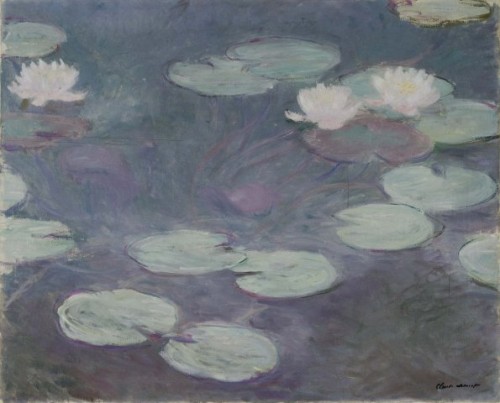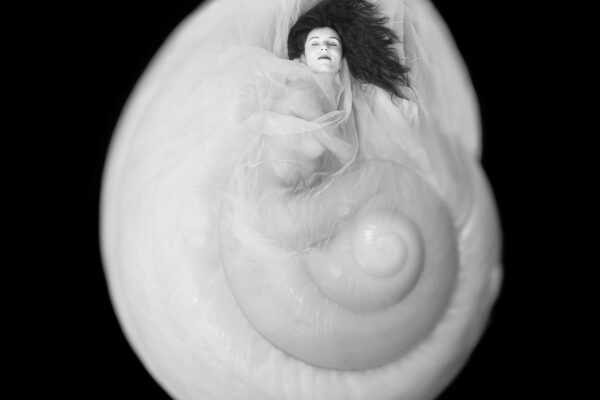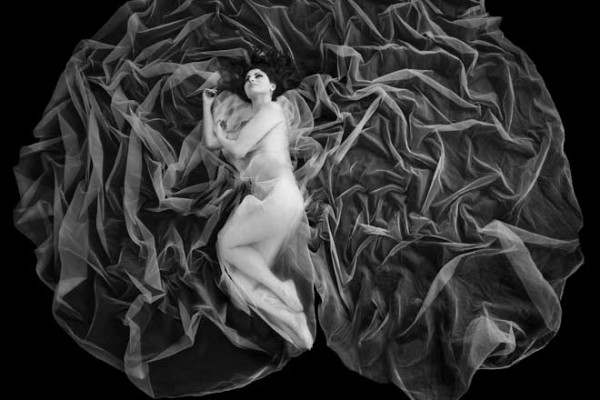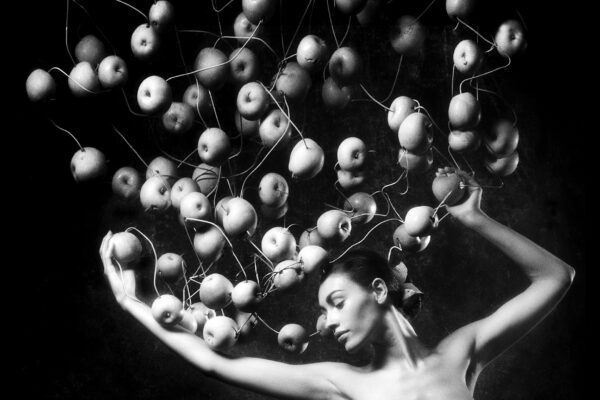
Nymphaea 1990
The Sacred Blue lily of the Nile is a plant of extraordinary beauty, with an exquisitely perfumed flower of brief duration and mild narcotic, even aphrodisiacal properties, so it is not hard to see why Nymphaea Caerulea, was sacred to the god Nefertem. The flower slowly rises to the surface over two or three days only to submerge again in the self-same mid afternoon. The briefness of its life must surely have awed the myth-makers. The Nymphaea is oft depicted in Egyptian works of art, and is associated with shamanic healing, creation mythology, the book of the dead and straightforward partying.
The narcotic properties of Nymphaea make it a front runner for the source of Odysseus’s sailors reluctance to leave the island of the Lotophagi, and their cavorting amongst the Lotus Eaters (lilies and lotus being often confused).
The mysterious beauty of the water lily most famously enchanted Monet who painted around 250 pictures of them in his twilight years in his garden at Giverny.
‘lt took me a long time to understand my water lilies. / had planted them for the pure pleasure of it, and / grew them without thinking of painting them… And then, all of a sudden, / had the revelation of the enchantment of my pond / took up my palette. Since then l’ve had no other model’
I came across the Sacred Blue Lily while spending a year living and working in Egypt in my twenties and although I left the country exhausted by the sheer heat and dust and poverty and confusion and noise of the place, I never lost the desire to return, but never have. Now my nine year old daughter is fascinated by the Ancient Egyptians I think that now over 30 years have gone by it is time to work my own way slowly back to the surface, and take a trip with her and my wife up the Nile.
The water lily’s botanical name nymphaea is the same word in Italian for nymph. This picture quite neatly illustrates what I do and for that reason I often use it as a poster for exhibitions.





